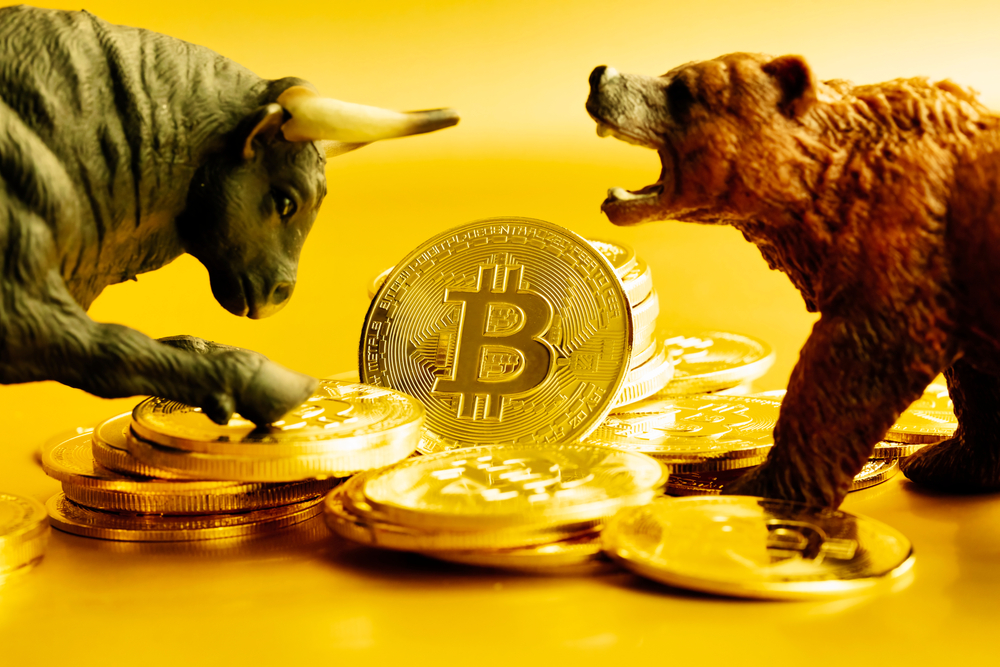During one of the biggest marketing events of the year, cryptocurrency advertisements were once again not present during last Sunday’s Super Bowl LVIII.
But despite crypto companies not taking advantage like they did for the Super Bowl in 2022, the industry has recovered much better from the ‘crypto winter’ it was enduring last year which may be an indication that the sector has matured in the span of two years.
At Super Bowl LVI in 2022, the dominance of crypto ads led that year’s NFL finale to be dubbed the ‘crypto bowl’, as many exchanges and companies looked to ride the all-time high the industry was experiencing in its still relatively short history.
With the 30 second ad space costing $6.5m-7m, companies such as Crypto.com got innovative to showcase a new birth for the industry, enlisting NBA icon LeBron James to speak to his younger self through the eye-catching work of CGI.
Coinbase took up 60 seconds of ad space at the 2022 Super Bowl to display a QR code that would directly link customers to its app and more ominously, FTX hired actor Larry David to explain what crypto is through David’s confusion.
It was ultimately FTX, amongst a host of other collapses and bankruptcies, that led to crypto’s 2022 meltdown and sent the industry into a down period that it is still recovering from today.
Consumer confidence fell to all-time lows, companies such as Genesis and Voyager filed for bankruptcy and what has now become one of the most notorious crypto fraud cases of its time, FTX’s Founder Sam Bankman-Fried was charged and sentenced for his role in the exchange’s collapse that cost investors billions upon billions of dollars.
This led to the jarring juxtaposition of ads for the 2023 Super Bowl, with little to no crypto advertisement on the US’ biggest TV event of the year, compounding the position the industry was in at the time.

And whilst for a second consecutive year crypto ads failed to make it onto US screens during this year’s Super Bowl, the sector is in a much healthier position than it was a year prior.
The FTX collapse woke regulatory officers across the world in recognising that guidelines and rules should be enforced to protect consumers from potentially risky digital asset investments.
Bad actors such as SBF have been condemned and it has been widely agreed upon that such fraud in the industry was and shall not be permitted for the foreseeable future, with exchanges such as Coinbase willingly working with regulators on compliance regulations to make the sector a more secure and attractive proposition.
2024 also began in a seismic way for the crypto industry, as the US Securities and Exchange Commission finally approved a Bitcoin ETF to be listed on national securities exchanges across the country.
This approval has been viewed as a landmark moment for the sector, as asset management firms can now provide Bitcoin in a secure and seamless way, opening the cryptocurrency up for mass adoption and potentially a gateway for mainstream acceptance.
That isn’t to say that the industry has completely ridden itself of scepticism and fears over crypto companies. Binance – the world’s largest crypto exchange – last November settled a record $4.3bn settlement fee to the Department of Justice over money laundering charges, with its CEO and highly influential figure, Changpeng Zhao, stepping down from his role as he awaits trial later this month.
But it appears that figures in the industry are maturing and moving away from getting caught up in the hype of the highs of the early 2020s by placing their money not on multi-million dollar Super Bowl ads, but rather investing into safeguarding consumers through initiatives and regulatory talks.
Super Bowl LIX may become the platform for crypto to return to US audiences screens next year, however, it may return with a more grounded and mature approach.























